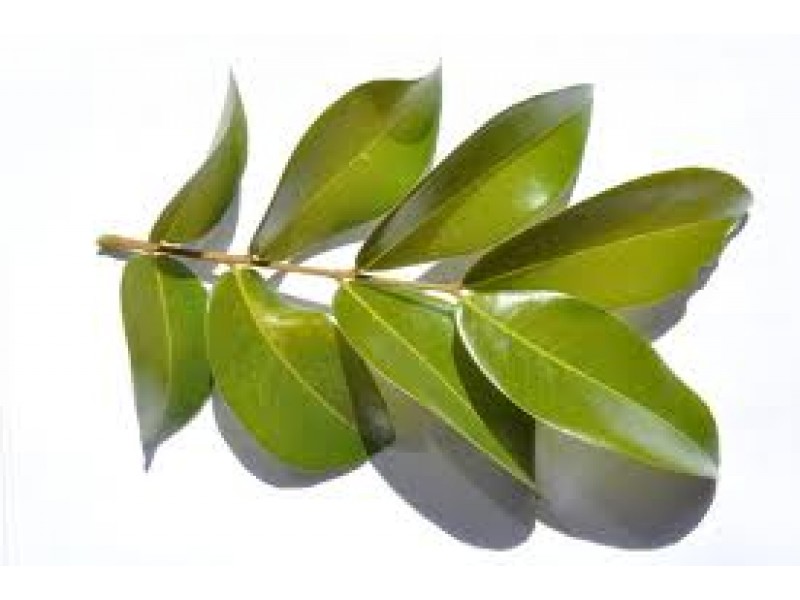Copaiba, Copaifera martii hayne
Latin Name: Copaifera martii hayne
Source: Brazil
Part of plant: Oleoresin
Grade: Wild
Aroma Character: Sweet, warm, mild, pepper-like
Blends Well with: Rose, Sandalwood, Frankincense
Copaiba Properties: Stimulating, antiseptic disorder of respiratory and urinary tract, anti-inflammatory, supports wound healing and scar formation.
Copaiba Indications: Infections of bronchials and lungs, as well as urinary tract; leucorrhea, wounds, and ulcers.
Copaiba Main Components: Caryophylloene, 1-cadinene, alpha-copaene, alpha-cubebene.
Copaiba Contraindications, side effects: None known for normal dosage.
Copaiba oil was first introduced to the rest of the world in the 17th century, when it was known as Jesuits balsam (because it had been brought back from the New World by the Jesuits).
Copaiba oil has a long history of use in South America, where it has traditionally been used as a topical remedy to help clear up skin problems including dermatitis, psoriasis, eczema, rashes, herpes, insect bites, injuries, wounds and boils.
Among other things, it was used as a topical preparation applied to haemorrhoids, and also to soothe chilblains and should be used today. Like Clove, it can be used for pain relief and also in skincare for anti-microbial purposes as well as treating skin conditions such as moles or similar.

 Essential Oils
Essential Oils
 Hydrolats, Hydrosols, Floral Waters
Hydrolats, Hydrosols, Floral Waters
 Synergies
Synergies
 Herbal Oils
Herbal Oils
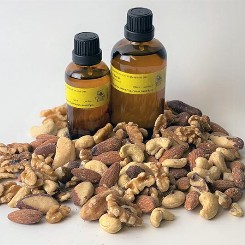 Vegetable Oils
Vegetable Oils
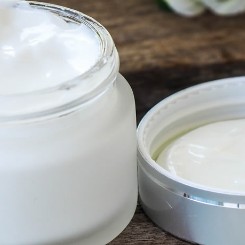 Bases
Bases
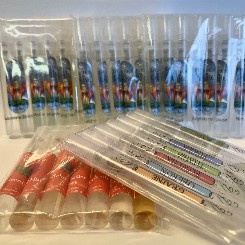 Books, Kits and Trial Packs
Books, Kits and Trial Packs
 Skincare
Skincare
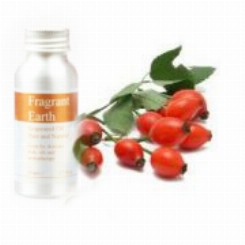 Body Care Oils
Body Care Oils
 Hair Care
Hair Care
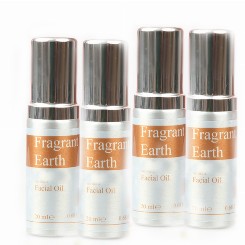 Facial Oils
Facial Oils
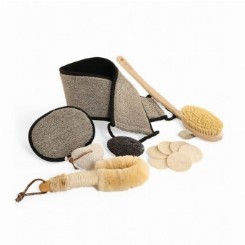 Eco Bath
Eco Bath
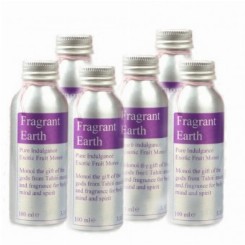 Pure Indulgence
Pure Indulgence
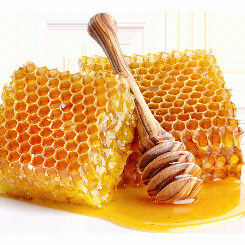 Honey, Beeswax & Propolis
Honey, Beeswax & Propolis
 Handcream
Handcream
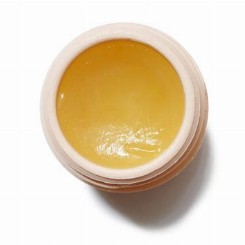 Balms, Salves & Ointments
Balms, Salves & Ointments
 Oral Care
Oral Care
 Feminine Hygiene
Feminine Hygiene
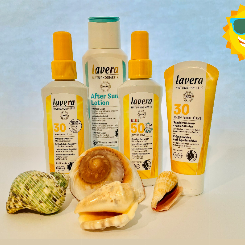 Sun Care
Sun Care
 The Walton Cat
The Walton Cat
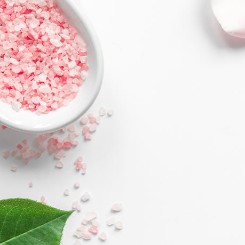 Bath Salts
Bath Salts
 Somerset Lavender
Somerset Lavender
 Diffusers
Diffusers
 Candles
Candles
 Shower Gel
Shower Gel
 Soap
Soap
 Books
Books
-245x-245x.jpg) Aromatic Waters
Aromatic Waters
 Style Aroma
Style Aroma
 Synergy Blends
Synergy Blends
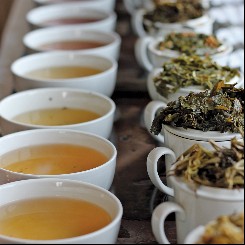 Miles Speciality Teas & Coffees
Miles Speciality Teas & Coffees
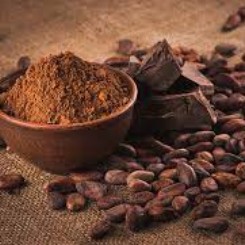 Chocolate one of life's passions
Chocolate one of life's passions
